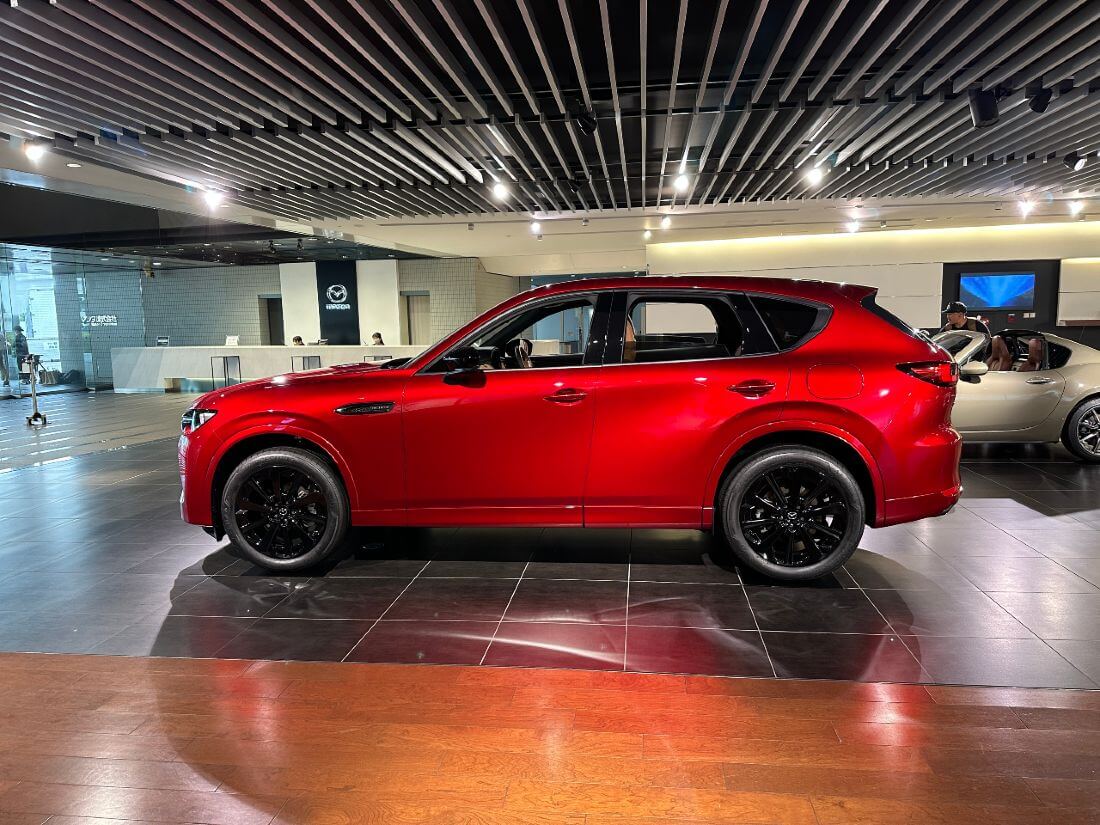Mazda CX-60: USA & Canada Bound?

The Mazda CX-60, a premium midsize crossover SUV, is available in many of Mazda’s major markets, including Japan, Europe, and Australia. However, it has not been released as a global model, with Mazda’s largest market – North America – notably missing out on this agile, right-sized midsize SUV. This begs the question: is the Mazda CX-60 USA- and Canada-bound?
There have been plenty of vocal Mazda loyalists and SUV shoppers calling on Mazda to bring the CX-60 across the Pacific ever since the CX-70 debuted in North America as a two-row CX-90 instead of a slightly wider CX-60, much to the disappointment of many.
Mazda understandably remains mum on whether it has even considered changing course and expanding CX-60 sales to its biggest market, the US, and neighboring Canada.
But here’s the case (for and against) Mazda giving its Canadian and American customers what they seemingly want – a shorter version of the CX-70 premium inline-six SUV in the form of forbidden fruit: the overseas CX-60.
Sizing Up the Mazda CX-60 vs. CX-70 vs. CX-50 vs. CX-5
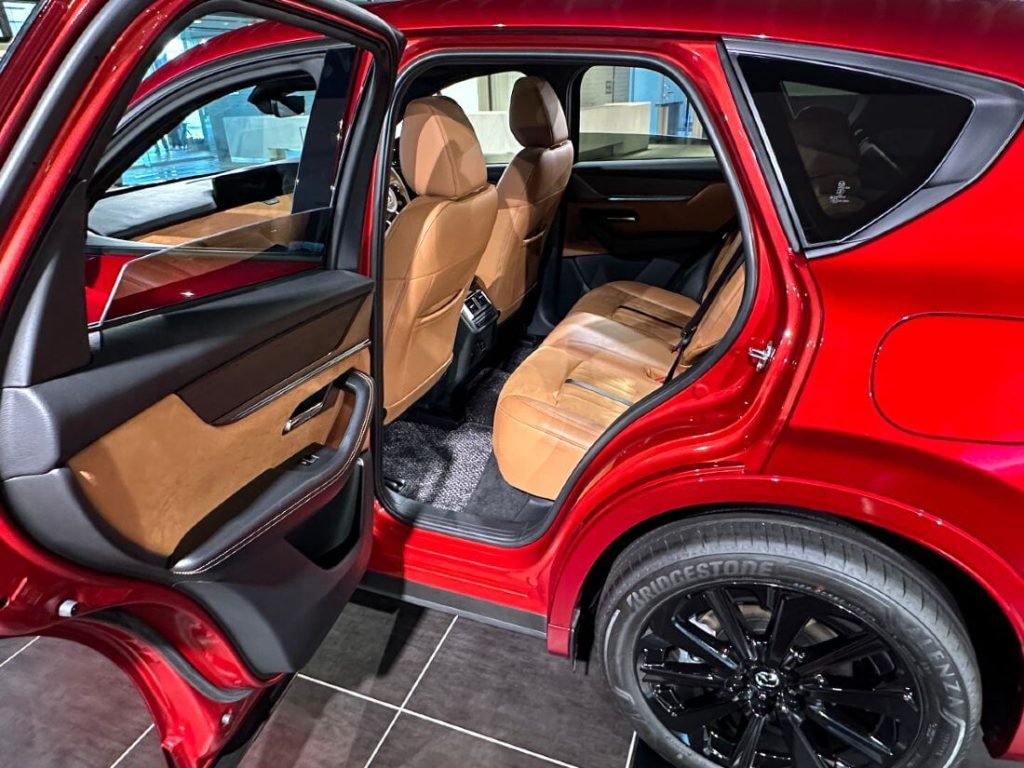
The Mazda CX-60 measures about 186.6 inches long and 74.4 inches wide. Compare those measurements to other notable Mazda SUVs:
- Midsize Mazda CX-70: 200.8 inches long and 77.6 inches wide
- North American CX-50: 185.8 inches long and 75.6 inches wide
- Second-generation Mazda CX-5: 180.1 inches long and 72.6 inches wide
From a size perspective alone, adding the CX-60 to markets that already offer the CX-5 and CX-50 may not make much sense. However, the slightly larger footprint of the Mazda CX-60 isn’t why Americans and Canadians are yearning for this model.
The Case for a Mazda CX-60 USA & Canada Model
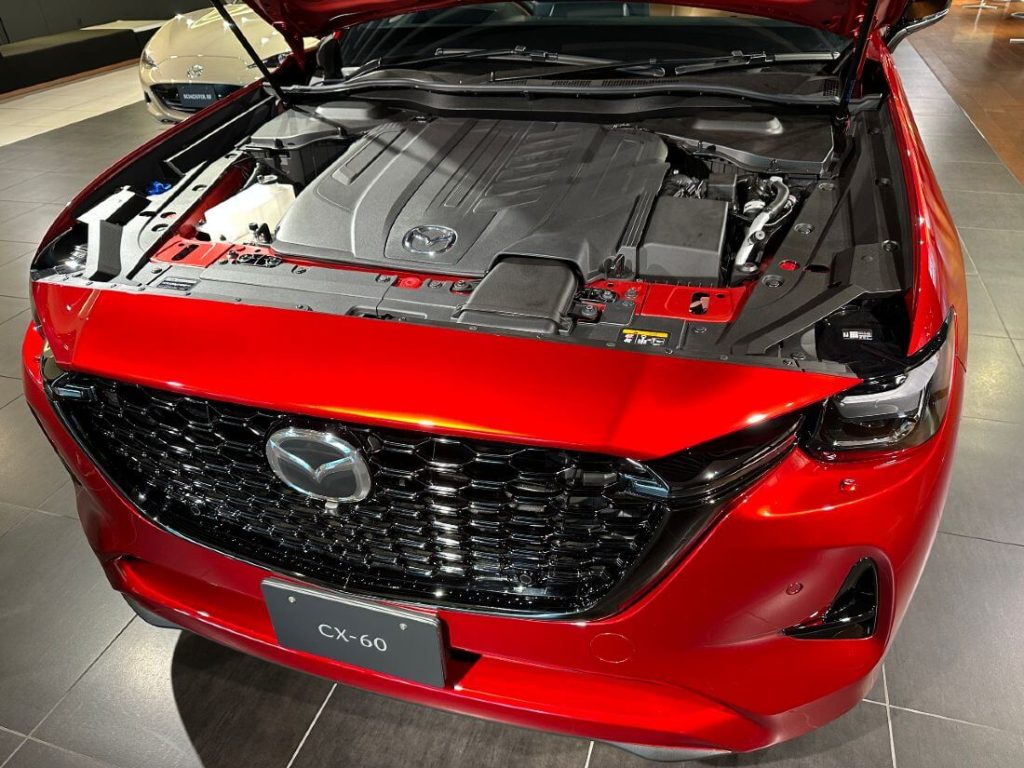
Like the Mazda CX-70 and CX-90 models that North Americans get, the CX-60 is part of the Japanese carmaker’s new Large Product Group, which is differentiated from other vehicles in the Mazda portfolio by its rear-biased all-wheel drive platform and longitudinal inline six-cylinder engine orientation.
Instead of a 2.5-liter and turbocharged Skyactiv four-cylinder mounted transversally in the engine bay like compact Mazda models, the CX-60 and its large platform stablemates feature a longer hood and engine bay, accommodating up to six cylinders laid out from behind the radiator back to the firewall.
The turbocharged inline-six and rear-biased i-Activ AWD system differentiate the CX-60 from its similarly sized siblings, the CX-50 and CX-5. The 3.3-liter inline-six turbo makes up to 340 horsepower in the CX-70 and CX-90, so it could be tuned identically in a North American CX-60.
That’s 340 horsepower vs. a maximum of 256 horsepower in the Mazda compact SUVs it would compete with in the automaker’s US lineup. Quite a performance boost, indeed.
A plug-in hybrid variant utilizing a 2.5-liter inline-four is also offered, making about the same amount of power as the turbocharged inline-six and its mild hybrid setup.
Given that the US is Mazda’s biggest market by sales volume globally, it’s reasonable to assume that this largely SUV-loving country would also lead in CX-60 sales if it were to be made available.
Current Mazda CX-60 Markets
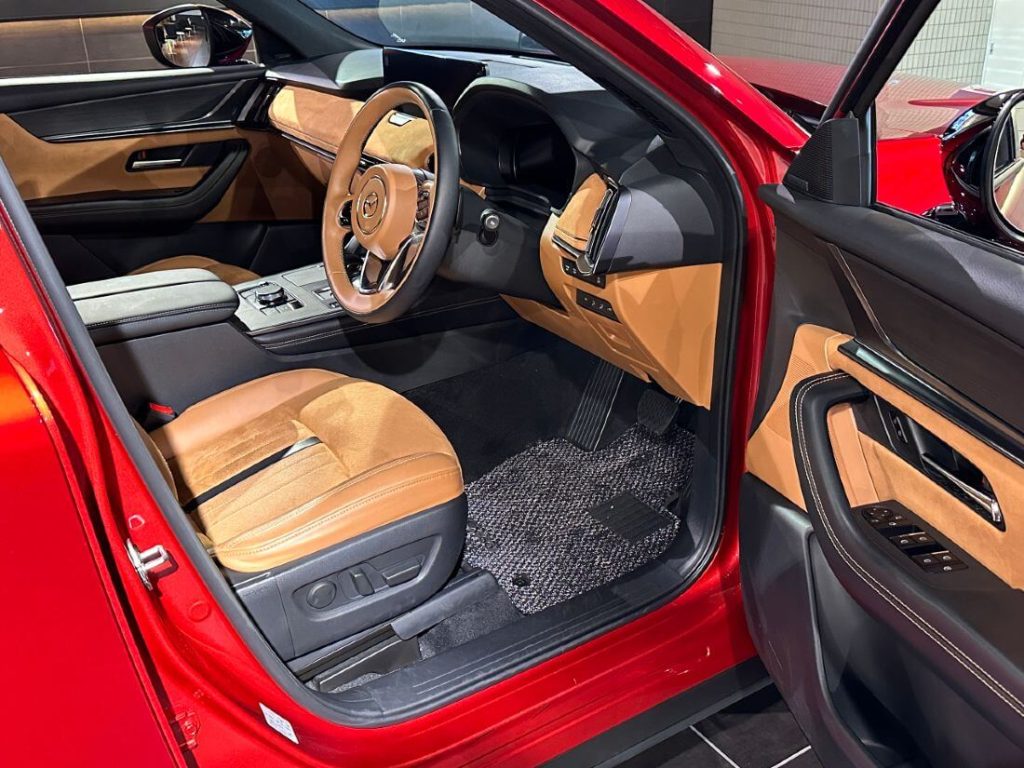
Most of Mazda’s top markets are represented below in the sampling of countries where the CX-60 has been offered for sale:
- Japan
- Australia
- Europe (including Germany and the UK, Mazda’s biggest markets in the region)
- South Africa
- Chile
- Philippines
- Indonesia
- New Zealand
- Singapore
- Taiwan
You’ll notice that many of these markets match North America’s left-hand drive (LHD) architecture.
Australia, incredibly, gets Mazda’s large platform CX-60, CX-70, CX-80, and CX-90. Mazda has routinely finished second in Aussie sales behind Toyota and ahead of Ford, so the country is an exceptionally strong market for the automaker. Still, its total sales figures there are only a fraction compared to the North American market.
So, why has Mazda chosen to forgo the CX-60 in North America and opt for an identically sized two-row model of the CX-90 three-row SUV instead?
And, The Case Against a Mazda CX-60 US & Canada Model

The official response from Mazda has essentially been that American customers appreciate larger SUVs with more cargo space for more stuff. While that’s not entirely untrue (as evidenced by the country’s abundance of truly full-sized SUVs), it also seems that’s not the entire explanation.
We made the case for why Mazda made the CX-70 a long two-row SUV instead of a slightly widened version of the CX-60, shortly after the former model’s official unveiling.
In short, it’s due to the above-mentioned extra cargo space behind the back seats, too much sizing overlap with its CX-50 and CX-5, and the cost savings from not having to certify another model with regulators.
Mazda’s market research may have pointed to compact crossovers and longer (mostly three-row) midsize SUVs outselling the more traditional two-row midsize SUV segment in the US and Canada.
While it’s true that midsizers like the Honda Passport, Nissan Murano, Ford Edge, Chevrolet Blazer, and Volkswagen Atlas Cross Sport have been outpaced in sales by their compact and three-row siblings, there is still a sizable market for powerful, premium two-row SUVs.
The Jeep Grand Cherokee, Lexus RX, and Genesis GV70 are just a few examples of premium-equipped midsize SUVs the Mazda CX-60 could go head-to-head with in the North American market.
America Misses Out On Mazda’s Right-Sized Midsize Two-Row SUV…For Now
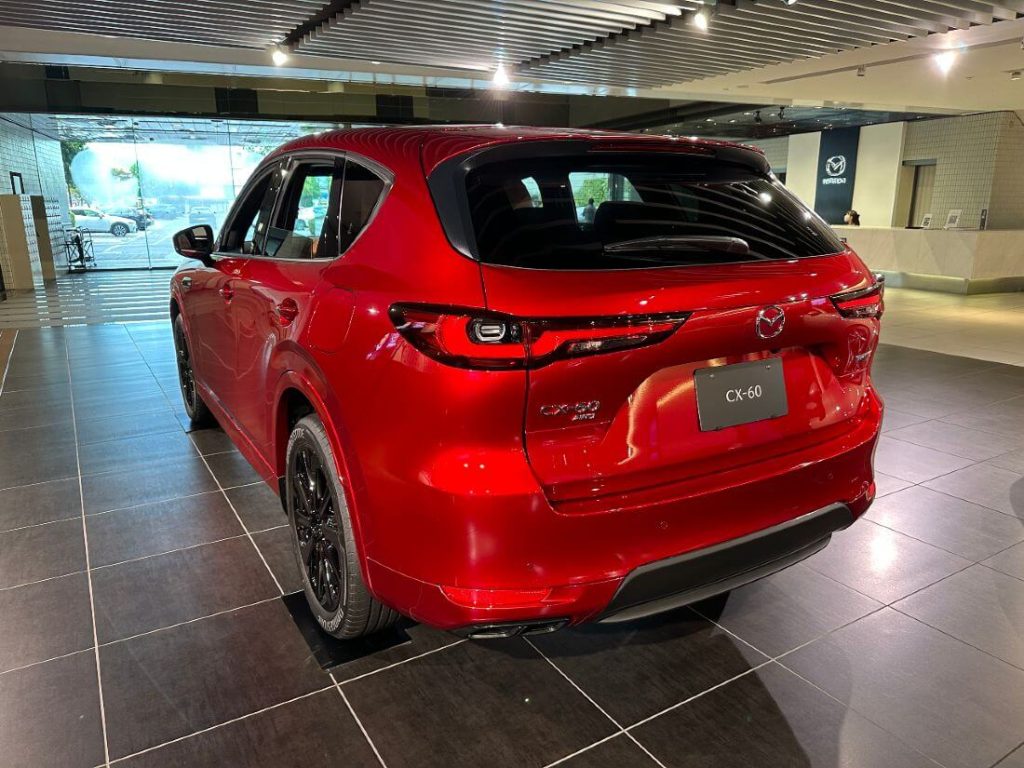
A fairly strong case can be made for and against a Mazda CX-60 USA and Canada model. But we’re confident Mazda North American Operations (MNAO) and Mazda HQ have heard the calls for the CX-60 from the carmaker’s largest market loud and clear.
Perhaps the redesigned third-generation Mazda CX-5 will quell some of the calls for a CX-60 stateside. Still, we hope an expansion of the CX-60 markets is considered, at least by the model’s mid-cycle refresh or the launch of its second generation at the latest.
Making the Mazda CX-70 an optional two-row package on the CX-90 and bringing in the overseas CX-60 as a new-and-improved CX-70 works, too.

